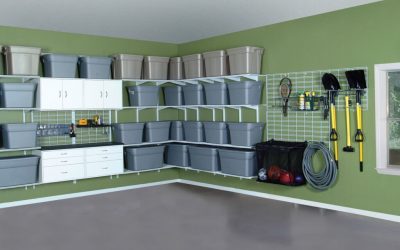Electroplating, also called electrodeposition, is a method through which a base metal (or even plastic) receives a protective or otherwise coating from another metal. In the process, the base metal to be coated is given a negative charge before being immersed in a specified solution or bath. One of the common elements used to coat a base metal is tin. Tin plating is used effectively in the production of a variety of products.
Why Tin Plating?
Tin plating is favored in some processes for a variety of reasons. Tin possesses an innate characteristic of solderability. When plated on to other base metals, it conveys this characteristic to them. Tin plating is used to impart the following to base metals:
* Corrosion resistance
* Excellent solderability
* Lack of toxicity
* Tarnish resistance
* Softness
* Durability
* Electrical conductivity
Overall, when tin plating is applied the final product is non-carcinogenic, non-toxic and has a soft and pliable finish. Overall, tin when used to plate basic metals is quite effective and efficient. However, it is important to make sure the thickness of the plating is exact, or corrosion will occur. This is particularly applicable when tin plating is done over a steel or copper substrate. Experts also recommend that when tin plating is applied over a copper, copper alloy or any ferrous metal, it be intended for an indoor and not an outdoor environment. Furthermore, if tin plating is used as a decorative finish for another metal, great care needs to be taken. Because of its pliability, it can be subject to scratching and marring if the system employed is an alkaline brightening system.
Types of Baths
Essentially, when it comes to tin plating, there are two types of baths. Each has their strengths. The two are:
1. Alkaline stannate
Acid solutions (sulfate or fluoborate)
In general, alkaline is preferred by many because it is adaptable, and the results are usually superior to the acid solutions.
Applications of Tin Plating
Tin plating has been used for years in electronic applications. This is not the only use. Today, tin plating is used in a variety of products and industries including:
* Aerospace Avionics
* Refrigerator evaporators
* Dairy equipment
* Food handling
* Washing machine parts
* Hardware used by builders
* Radio components
* Electrical lugs and connectors
* Copper wires
* Auto-pistons – to prevent them from seizing and scoring the walls of the vehicle’s cylinders
Tin Plating
When it comes to electroplating, tin plating provides certain desirable characteristics to its substrates. Also to imparting anti-corrosion, anti-toxic and solderability to the base metals, it can add a decorative finish. Although this quality may be less expensive in appearance and cost than that arrived at through other forms of plating, tin plating will continue to remain a common means to protect other metals from the ravages of time and rust.
If you are looking for an inexpensive but attractive finish, consider Tin Plating. PEP General Metal Finishing can provide you with this and other types of quality electroplating. With a strong commitment to quality services and products, we work with our clients using the best technology possible to achieve the best results. To discover more about what our company represents and what we can do for you, visit our site at http://www.pepgenmetal.com/.








